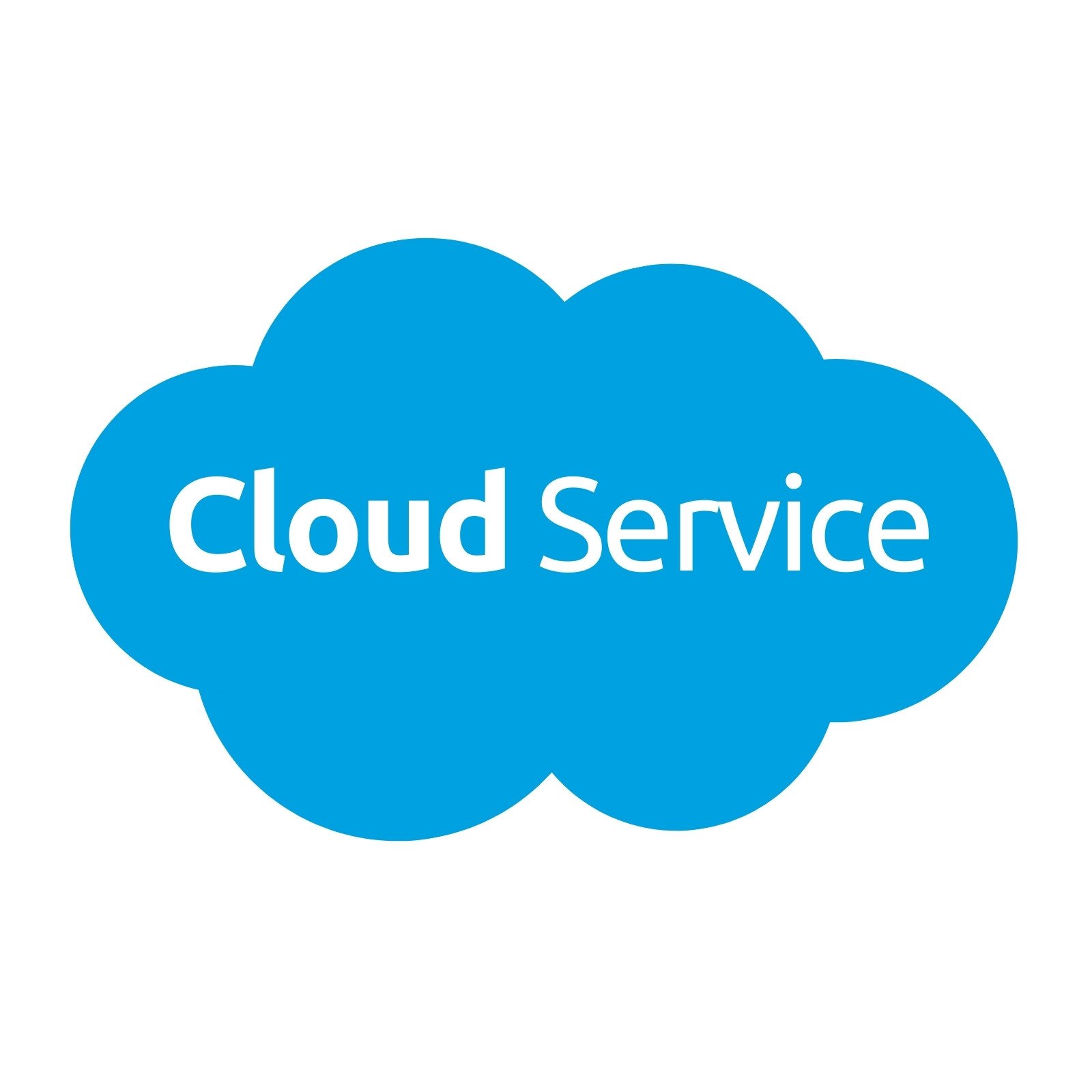Grasping LinkDaddy Cloud Services: The Ultimate Overview to Cloud Services Press Release Methods
Grasping LinkDaddy Cloud Services: The Ultimate Overview to Cloud Services Press Release Methods
Blog Article
Simplify Your Infrastructure With Cloud Provider
As organizations browse the ever-evolving landscape of modern technology and data management, the role of cloud services in streamlining facilities has actually come to be progressively prominent. Just how can services properly navigate this transition and really unlock the capacity of cloud solutions for simplifying their framework?
Benefits of Cloud Provider
Cloud solutions provide a structured strategy to managing IT infrastructure, providing companies with cost-efficiency, scalability, and flexibility. One of the key benefits of cloud services is the scalability they provide.
Additionally, cloud solutions remove the need for organizations to buy costly hardware and software application. This cost-efficiency is a substantial benefit, particularly for small to medium-sized ventures seeking to reduce in advance costs. By using cloud services, businesses can access top quality IT sources without the hefty price connected with conventional infrastructure configurations.
Furthermore, cloud solutions supply organizations with the flexibility to access their information and applications from anywhere with an internet link. This degree of access boosts collaboration amongst groups, makes it possible for remote work, and enhances general efficiency. The adaptability supplied by cloud solutions equips organizations to adapt rapidly to changing market conditions and customer needs.
Price Savings and Scalability
In enhancement to the functional benefits highlighted earlier, the integration of cloud services right into a firm's framework produces considerable expense savings and enhanced scalability. Cloud solutions use a pay-as-you-go model, allowing services to scale resources up or down based on present requirements, thus avoiding the expenses related to preserving excess capability. This flexibility makes it possible for firms to adapt quickly to changing demands without incurring unneeded expenses.
Additionally, cloud solutions eliminate the demand for ahead of time financial investments in equipment and software application, minimizing capital investment. Business expenses are additionally minimized as firms no longer need to handle and maintain physical servers, causing reduced energy usage and IT staffing expenses. In addition, cloud solutions provide automated updates and upkeep, making certain that the framework remains current and safe and secure without calling for hands-on interventions.
Enhanced Safety And Security Actions
Implementing stringent protection measures is paramount when integrating cloud services into a business's facilities to guard delicate data and make certain compliance with industry regulations. Cloud solution suppliers provide enhanced safety and security functions such as information encryption, firewall security, and multi-factor authentication to alleviate cybersecurity threats.
Additionally, regular safety audits and conformity evaluations assist make certain and recognize susceptabilities adherence to sector requirements. Companies can also profit from features like automatic safety and security updates and real-time risk surveillance provided by cloud company. By focusing on safety procedures and remaining proactive in addressing prospective dangers, companies can confidently take advantage of cloud services while securing their beneficial information from unauthorized accessibility or violations.
Transitioning to Cloud Infrastructure
To effectively integrate cloud solutions right into a business's facilities, a structured technique that addresses the shift in the direction of cloud-based remedies is vital. Transitioning to cloud facilities includes careful preparation and execution to make certain a smooth migration procedure. The very first step is to assess the present infrastructure and figure out which applications and systems are appropriate for migration to the cloud. This assessment ought to consider elements such as data level of sensitivity, conformity needs, and performance needs.
As soon as the assessment is total, a migration strategy need to be created. This method ought to describe the timeline, resources, and obligations for relocating each part to the cloud. It is crucial to connect this plan plainly to all stakeholders to make sure placement and reduce disturbances throughout the change.
Throughout the movement process, tracking and testing are essential to determine and attend to any type of issues promptly. Normal checkpoints ought to be developed to track progression and make necessary changes. In addition, training for staff members on using cloud services ought to be offered to ensure an effective transition and optimize the benefits of the new infrastructure.
Ideal Practices for Cloud Fostering
Effective adoption of cloud services rests on the critical placement of service goals with technological capabilities and organizational readiness. To make sure a smooth shift view it now to the cloud, organizations ought to start by conducting an extensive analysis of their existing framework and identifying which work are best fit for cloud movement. It is crucial to involve key stakeholders from various departments in the decision-making procedure to obtain buy-in and deal with any kind of concerns early.
One more best method for cloud fostering is to prioritize safety and security and conformity. Organizations must carefully assess the safety actions offered by cloud company and make certain that their information is protected according to industry standards and regulative demands. Applying durable data file encryption, accessibility controls, and normal security audits can help mitigate risks related to cloud adoption.

Verdict

As companies browse the ever-evolving landscape of technology Continued and information management, the duty he said of cloud services in simplifying facilities has actually come to be progressively noticeable - universal cloud Service. How can companies successfully browse this transition and really open the possibility of cloud solutions for simplifying their facilities?
Cloud solutions supply a streamlined technique to handling IT infrastructure, giving companies with versatility, cost-efficiency, and scalability. By using cloud solutions, businesses can access high-grade IT sources without the large rate tag linked with typical framework arrangements.
To make certain a smooth change to the cloud, organizations ought to start by conducting a comprehensive assessment of their existing framework and recognizing which work are best fit for cloud migration.
Report this page